Lamborghini’s first electric car will be unveiled on August 18
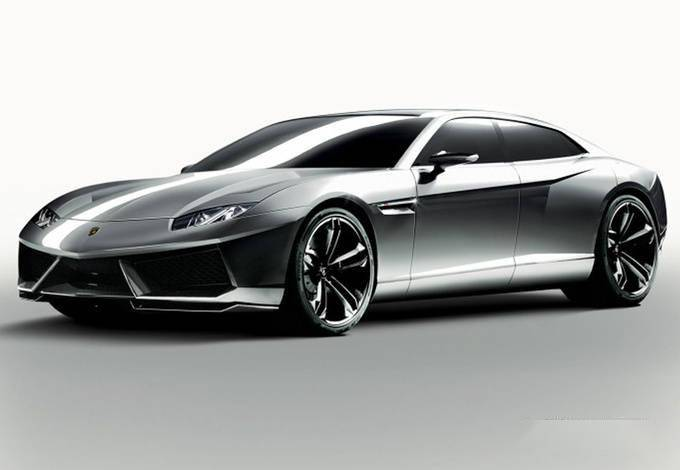
Lamborghini’s first electric vehicle
Italian luxury sports car brand Lamborghini, known for its high-performance, high-priced and uniquely designed supercars, has been cautious about producing electric vehicles, believing that electric vehicles cannot match the performance of its internal combustion engine vehicles level.
However, as electric vehicle technology continues to advance and the market continues to expand, Lamborghini has finally decided to launch its first electric car, which will be presented at Monterey Car Week on August 18.
According to the brand’s Direzione Cor Tauri plan, Lamborghini will electrify its entire range of models in 2024, and its first electric model is also planned to be put into production by the end of this century.
Lamborghini has so far been hesitant to launch an all-electric car, citing performance as an excuse.
Rivals, meanwhile, took the lead with electric supercars such as the 1,914-horsepower Rimac Nevera, which can sprint from zero to zero in 1.74 seconds, and the Lamborghini Aventador SVJ Roadster, which takes 2.8 seconds.
Still, Lamborghini’s electrification is becoming “increasingly concrete and tangible” after selling the last of its gas-only cars in July.
According to Lamborghini design director Mitja Borkert, the new electric car will retain Lamborghini’s pure design DNA and will be different from the electric versions of the Aventador, Huracan and Urus.
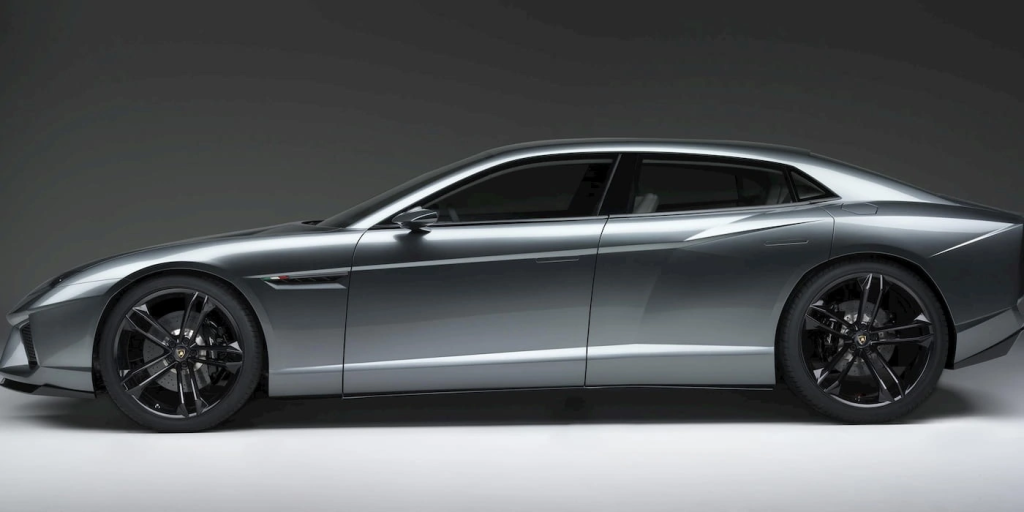
The new platform “SSP Sport”
It is reported that the first pure electric model will use the new platform “SSP Sport” developed by Porsche.
Lamborghini proposed the idea of a four-seater sedan in the Estoque concept car released in 2008, which is expected to provide inspiration for the first electric model.
Lamborghini posted a blurry image on its social media showing the silhouette of a low-slung sports car with the words: “We will reveal the mystery of the future at the Monterey Auto Show.”
Although Lamborghini did not disclose the car The specific model and details of the car, but it is reported that this will be the brand’s first 100% pure electric car.
The car will adopt the new platform “SSP Sport” led by Porsche and is scheduled to go on sale in 2028.
At the same time, Lamborghini has also launched the “Daniel” successor model – Aventador in March this year; the power of the new car will be equipped with a plug-in hybrid system composed of a 6.5L V12 naturally aspirated engine + three electric motors.
It can reach 757kW, and the peak torque is 1500N m.
The transmission system is matched with an 8-speed dual-clutch gearbox, and it is equipped with an electric four-wheel drive system with torque vector distribution.
In addition, the fuel version of the Hurucan and Urus under the Lamborghini brand has also been sold out, and plans to launch a plug-in hybrid version of the Urus for consumers to purchase next year, and the power will be adapted to a 4.0T V8 plug-in hybrid engine.
The Hurucan successor model has also started road testing.
It is expected to use the same power combination as the former, and it is planned to be launched within the next year.
The editor noticed that Lamborghini CEO Stephan Winkelmann (Stephan Winkelmann) said in an interview with Auto Express last year that its first electric vehicle will be more suitable for “everyday use” and will have 2+2 seats, two doors and higher ground clearance.
He also said: “Pure electric vehicles can even be more emotional than internal combustion engine vehicles.”
The brand’s other three models — the Aventador, Huracan and Urus — are differentiated, and all three will be electrified in the future.
However, Lamborghini is clearly a step behind compared to other rivals that have launched or are about to launch all-electric supercars.
And it remains to be seen whether Lamborghini will be able to maintain its brand value and status by 2028, when the electric vehicle market is likely to undergo dramatic changes and developments.



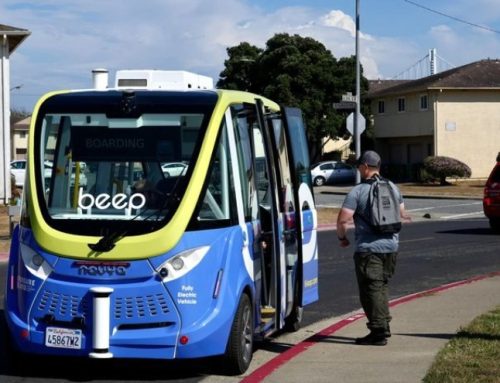
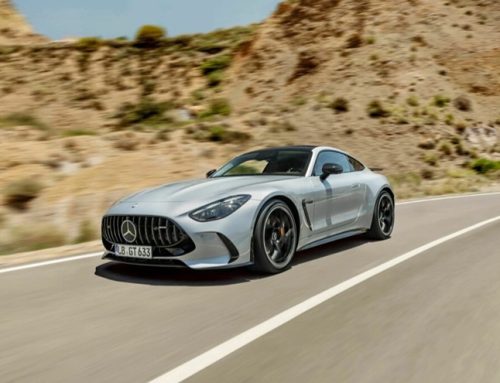
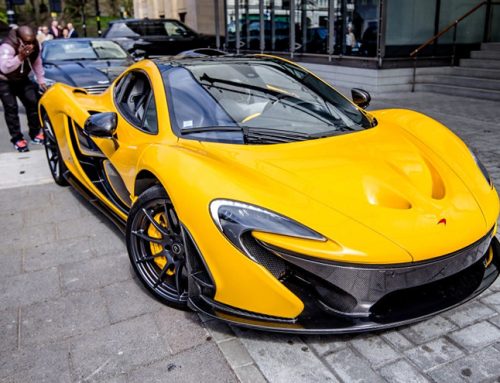
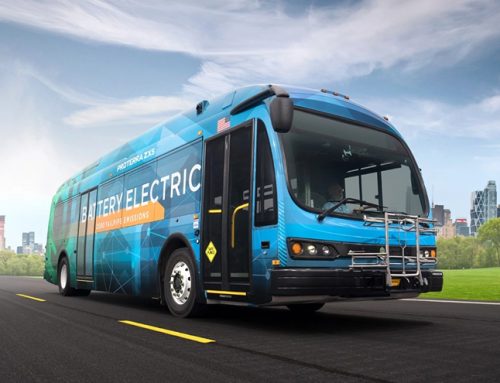
Leave A Comment